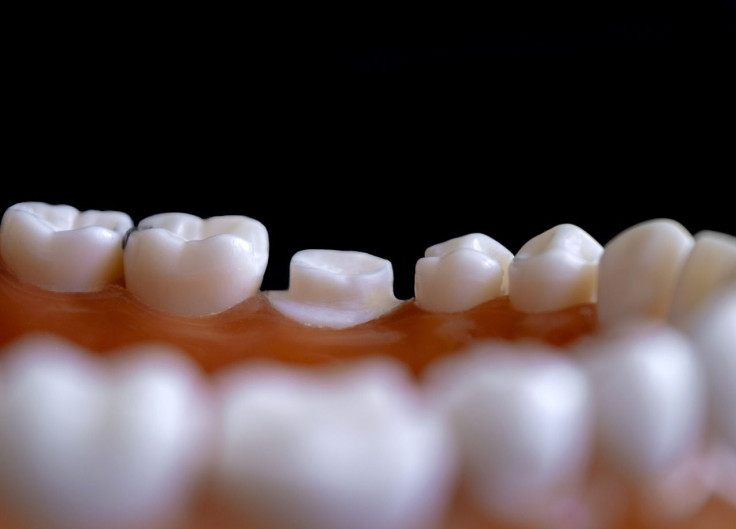Why Are Our Teeth Sensitive To Pain?

Eating, gnawing, munching, biting, chewing and chomping into food every single day of our lives exacts a heavy toll on the built-in tools we need to get this necessary jobs done -- our teeth.
And when we eventually do damage our teeth, these tools signal any damage to them by inflicting pain on us. One must remember pain is the only sensation our teeth can feel.
Most adults have 32 grown-up pearly whites, all of which become more susceptible to damage as time wears on. Teeth mostly consist of a calcified tissue called dentin. They consist of four different types of tissue: pulp, dentin, enamel and cementum. All of them can inflict pain when damaged.
Tooth pain or the dreaded toothache is a defense mechanism we can't not notice because it's excruciating and almost unbearable in the worst of cases. It signals something's wrong somewhere in our array of teeth that might need professional medical dental assistance. Tooth discomfort or a toothache might be caused by other factors, such as a cavity, a cracked or chipped tooth, a worn filling or gum disease.
If teeth didn't feel pain, we might continue using them in situations that will damage them even more, said Dr. Julius Manz, director of the dental hygiene program at San Juan College in Farmington, New Mexico, and a spokesperson for the American Dental Association (ADA).
Dr. Manz pointed out that eating something too hot or chewing something too cold, or if the tooth is worn down enough where the underlying tissue underneath is exposed can cause pain. It's this pain that warns a person not to use that tooth to try to protect it a little bit more.
"So it's (pain) really a protective mechanism more than anything," according to Dr. Manz.
He explained our teeth have three layers. Only one of these layers, which is the pulp or the innermost layer of the tooth, inflicts pain. The pulp contains both blood vessels and nerves, which trigger pain.
Pain is the only sensation nerves in the pulp can respond to, as per Dr. Manz. He pointed out the nerves in the pulp don't sense temperature. Instead, they feel pain. And when they feel pain, we feel it, too.

Dr. Manz explained that dentin, the middle layer, is alive but has no nerves. On the other hand, dentin contains a fluid that moves around as the teeth move. The pulp can feel the movement of that fluid. The third and outermost layer is the tooth's hard white enamel, which isn't alive and can't feel anything at all.
The pulp isn't the only source of tooth pain, however. The periodontal ligament attaches the tooth to the jawbone and senses the positioning of the teeth as we chew. It can also feel pain.
"Anybody who's been in orthodontic treatment will tell you their teeth are sore," Dr. Manz added. "That sensation is coming from the periodontal ligament."



























